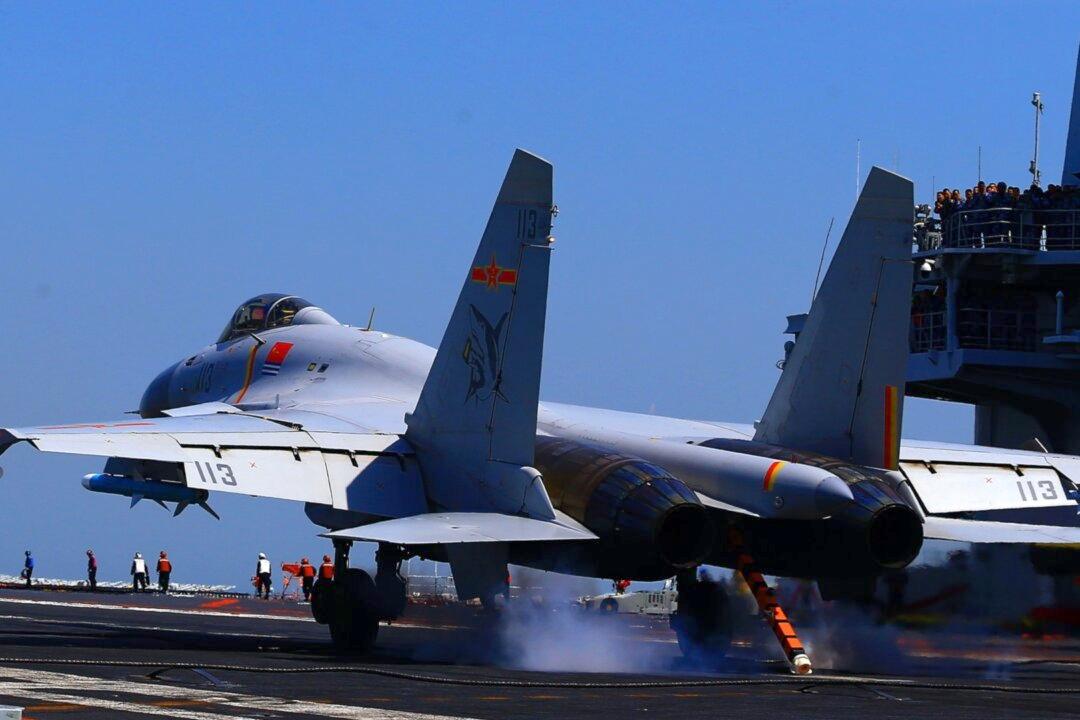News Analysis
The Chinese Navy’s Liaoning carrier group followed international rules and performed what seemed like routine training in the Western Pacific last month. But it raises concerns regarding the regime’s ambitions and capabilities.

The Chinese Navy’s Liaoning carrier group followed international rules and performed what seemed like routine training in the Western Pacific last month. But it raises concerns regarding the regime’s ambitions and capabilities.